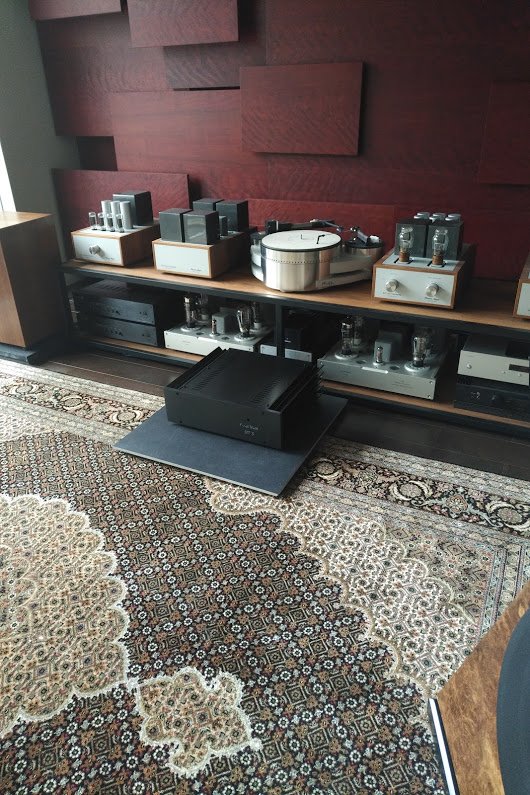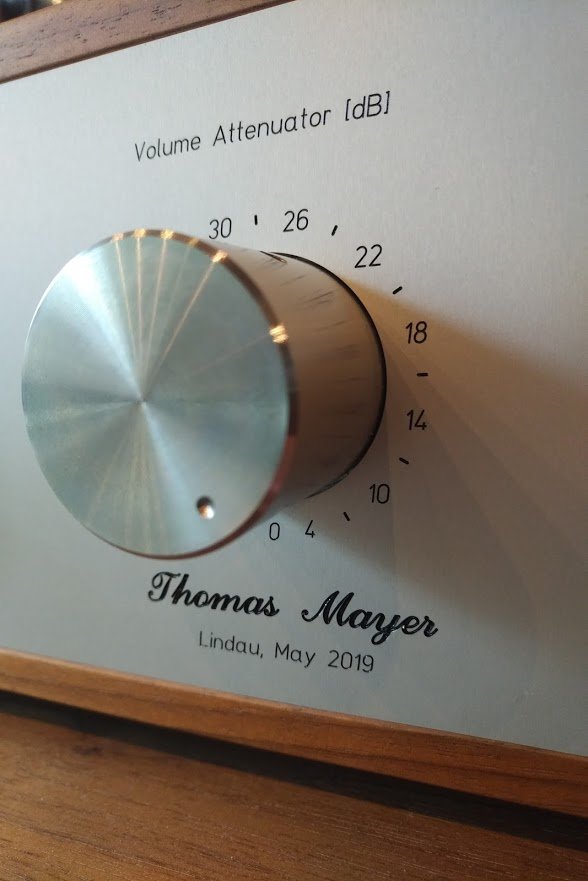I think one would have to appreciate the SIT3/Pass Defisit types for their unique sound rather than a direct comparison with tubes. The comparison would be on particulars rather than the entire presentation. Sony was guilty of comparing the original VFET amps to 2A3 tubes in the 70's, but the comparison doesn't really hold in real life listening.
I would say the SIT types have even better separation and absolute distinctness of stage addressing than tubes/SET. The tonality is brief, but deep and sweet, certainly better than other transistor types even in class A. With SIT/VFET, you will be able to separate octave related voices and distinguish them without effort. SIT allows clear distinction of instrumental tonal voices.
The SIT/VFET types also have what I find to be very pleasurable intensity. Maybe some audiophiles wouldn't like that intensity. It is the antithesis of SS harshness, and makes me hypnotized to keep listening to what is coming next indefinitely. SETs that I have don't quite achieve that harmonic intensity. I do recommend driving SIT/VFET with a DHT gain stage.
The SIT types don't quite have the velvety, see around the corners elegant holographic presentation of tones and voices that you get with SET, especially with something like the 45 tube. However, compensating virtues seem to equalize the presentation overall. SET have a more palpable harmonic bath.
If you are expecting 'more SET than SET', you are likely to be disappointed with SIT/VFET. SIT/VFET are their own creature.
I don't have to pick because I have both SET and VFET types, and rotate them in and out. However, they are all so good that I convince myself that whatever is in the system at the time must be the 'best', that is, until I rotate the next one back in and that must be the 'best'. I can't complain when everything seems to wind up as best.


















